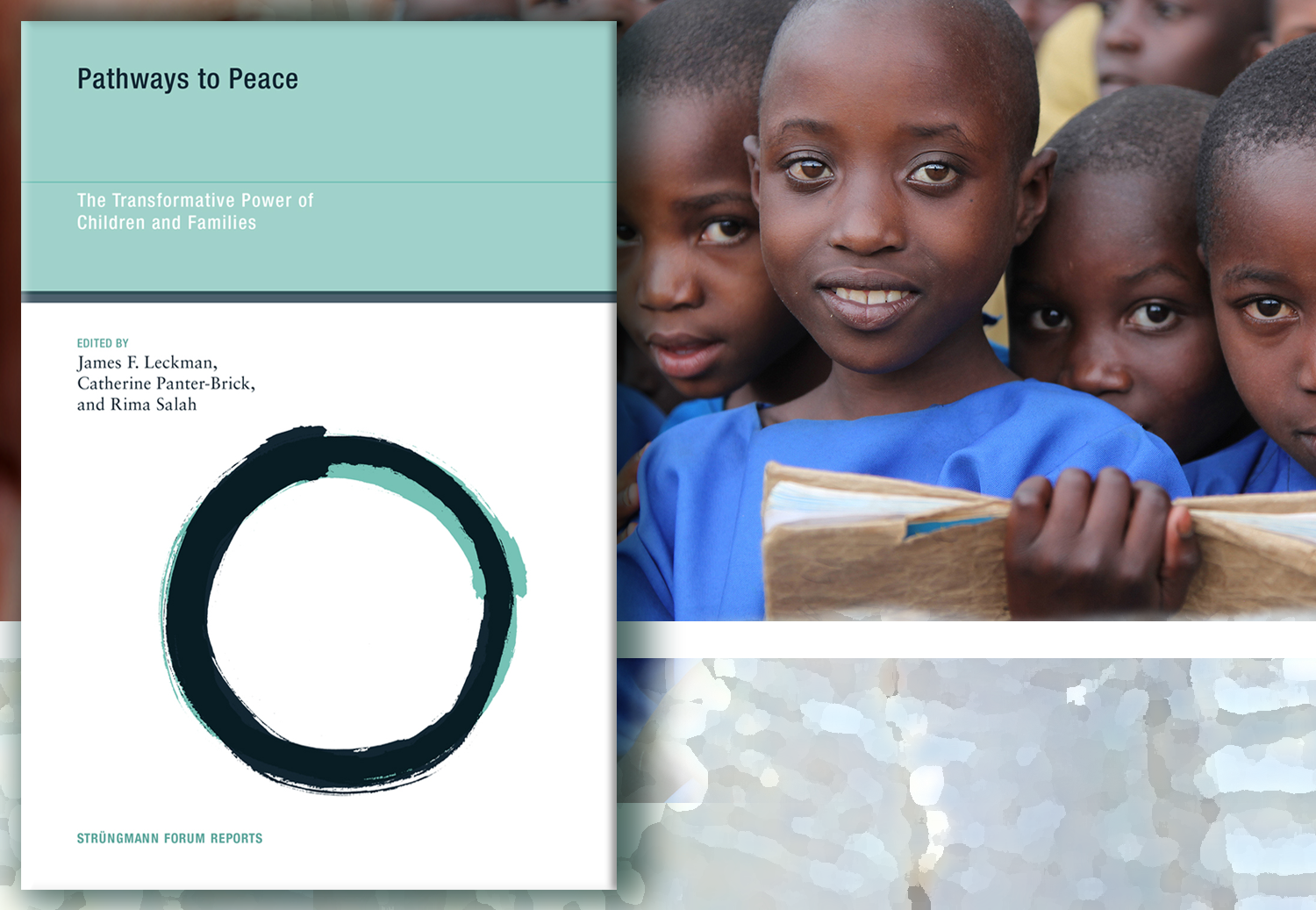Program & policy implications
Chapter 16. Interventions: What has worked and why?
Cigdem Kagitcibasi, & Pia R. Britto
Early childhood interventions are implemented to make a difference in people’s lives, but demonstrating how they have worked is a challenge. Because many programs reported in the literature are conducted in high-income countries, results are not representative or balanced. This chapter reviews the evidence obtained from a range of early childhood interventions designed to reduce violence and build peace, and the outcomes that were achieved in children and parents. Classic longitudinal as well as more nascent early childhood interventions are analyzed using a broad framework. These interventions focus on young children and families and are associated with peaceful outcomes at individual, family, and community levels. The mechanisms by which benefits contribute to the peaceful outcomes are unclear. However, at child and family levels, these outcomes are predictors of reduced violence and a culture of peace in adulthood. It is suggested that early experiences pave the way to positive outcomes later in life, and thus early interventions are important. Programmatic and policy-level strategies are proposed to link peacebuilding with early childhood behavior, and a call is made to improve the direct measurement of peace promotion outcomes.
For more information on chapter, “Interventions: What has worked and why?”, please visit our resource library.
Chapter 17. Linking peacebuilding and child Development: A basic framework
Mohammed Abu-Nimer, & Ilham Nasser
This chapter addresses debates in the field of peacebuilding, with a focus on conflict resolution and peace education. Strategies in conflict resolution and peace education which can be applied as mechanisms to promote peace-oriented behaviors in young children are shared. Peace education studies conducted in the early years of life are reviewed and a call for investment in education programs that promote healthy children in peaceful communities is advocated. This chapter encourages dialog on best methods and strategies to utilize the knowledge in peacebuilding and conflict resolution in early childhood development.
For more information on chapter, “Linking peacebuilding and child development”, please visit our resource library.
Chapter 18. The power of media in peacebuilding
Lucy Nusseibeh
Given the complexity and intractability of present-day conflicts, this chapter discusses the potential role that positive media can play in peacebuilding. Problems associated with group identity are examined and the potential for media to strengthen issues surrounding the core identity (self-esteem and self-worth) of an individual is analyzed. The view is taken that educational media can enable individuals as well as large groups (nation, tribe) to become less vulnerable to malevolent manipulation. Examples from Palestine and Northern Ireland are presented to demonstrate the effect that age-appropriate educational media has on the building of secure attachment and prosocial behavior in young children. It is suggested that age-appropriate educational media can also promote global citizenship. Consideration is given to how media programs for children can be reinforced by programs for parents/caregivers and communities, and recommendations are offered on how these might be expanded. To achieve maximum effect, these programs are reliant on input from international and academic communities. A model is presented to illustrate how groups can progress from an existence marked by active conflict (where large group identity is under threat) to one of peaceful coexistence (where groups are connected and relate with mutual respect), and the role that media can play in this transition.
For more information on chapter, “The power of media in peacebuilding”, please visit our resource library.
Chapter 19. Creating effective programs and policies to reduce violence and promote peace
Pia R. Britto, Rima Salah, Mohammed Abu-Nimer, Jacqueline Bhabha, Anwarul K. Chowdhury, Gary R. Gunderson, Cigdem Kagitcibasi, Lucy Nusseibeh, Olayinka Omigbodun, Mikiko Otani, & Geraldine Smyth
The focus of this chapter is on the social and biological underpinnings of child development and its contexts to create effective programs and policies that will reduce violence and promote peace. It addresses a range of issues emanating from fields of education, media, religion, psychology, and cultural studies. The emergent themes address interconnected pathways and multilayered perpsectives, across a range of disciplines, that form a link between formative childhood and peace, including strengthening families and building resilient communities. The primary theme underscores that the well-being of children is fundamental to peace. However, knowledge of the association between early childhood and peace needs to be expanded. While much is known about promoting peace, evidence is lacking on whether formative childhoods constitute a potential path to peace. Further research, coordination, and partnerships are needed between disciplines and sectors engaged in peacebuilding and early development. In addition, a perspective on human securities, rights, and capacities is needed to support this work—one that encourages individual capabilities, cultural and community assets, and an emancipatory vision and inclusive practices.
For more information on chapter, “Creating effective programs and policies to reduce violence and promote peace”, please visit our resource library.
Chapter abstracts reprinted courtesy of the MIT Press.
Reference
James F. Leckman, Catherine Panter-Brick, and Rima Salah (eds.), Pathways to Peace: The Transformative Power of Children and Families , © 2014 Massachusetts Institute of Technology and the Frankfurt Institute for Advanced Studies.
Links
JOIN THE CONVERSATION
For breaking news and to stay connected, follow us on social media. Sign up to get our E-News delivered straight to your inbox.


